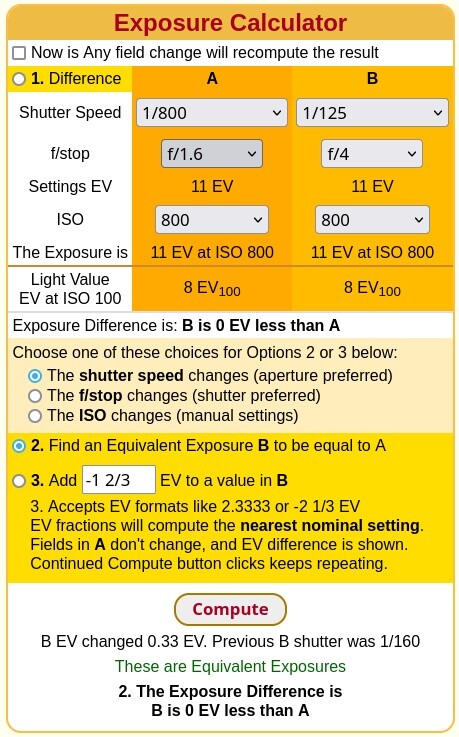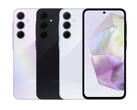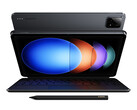CheckMag | Forget the 1-inch sensor - the Xiaomi 14 Ultra's variable aperture is the true headline feature

It's no secret that the Xiaomi 14 Ultra is a very camera-centric smartphone, what with the "1-inch sensor" verbiage plastered all over the marketing material and the €199 Photography Kit offering a solid expansion on the device's capabilities.
However, Xiaomi's focus on the 1-inch sensor underplays the significance of the variable aperture feature — you have to scroll halfway down the product page before even seeing a mention of it. While it's hardly the first smartphone to have variable aperture — the Vivo X90 Pro (curr. $836.80 on TradingShenzen), Xiaomi 14 Pro, and Honor Magic 6 Pro all have variable apertures — the Xiaomi 14 Ultra's variable aperture is far more advanced.
The Xiaomi 14 Ultra steps things up from the 1024 steps in the Xiaomi 14 Pro's f/1.42–4.0 variable aperture, delivering what Xiaomi calls "stepless light control." Instead of opening and closing the aperture blades in steps, the Xiaomi 14 Ultra opens and closes the blades smoothly, making it basically revolutionary for video applications.
If you've ever compared a video taken on a phone to something from a "real" camera, you might have noticed that the smartphone was a lot more jittery. This jerkiness is something that happens even on the most expensive flagship phones, and the reason is an inappropriate shutter speed for the framerate. Generally speaking, for video, your shutter speed should follow the 180-degree rule, which states that shutter speed should be double the video frame rate.
According to the 180-degree rule, video taken at 60 fps should have a shutter speed of 1/120 s, while video taken at 30 fps should be captured with a shutter speed of 1/60 s. For an interchangeable-lens mirrorless camera, like the Fujifilm X-S20 (curr. $1,299 on Amazon) or even a compact camera, like the recently-announced Fujifilm X100VI or legendary Sony RX100 VII (curr. $1,099 on Amazon), this is no problem — you have control over aperture, sensitivity, and shutter speed, after all.
In a "normal" smartphone with a fixed aperture, however, it's impossible to control the exposure of a scene without adjusting either the sensitivity (ISO) or the shutter speed, and it's all too common to bottom out the ISO in search of cutting out light in bright scenes. For photography, this isn't a problem — simply increase the shutter speed.
For video, however, increasing the shutter speed can be a nightmare for playback. Motion seems unnatural because of a lack of motion blur, and the end result is the aforementioned jerkiness. Apple is, until now, the only smartphone manufacturer that has come even close to solving this. Among other things, this is why video from the likes of the iPhone 15 Pro Max is so far ahead of even the closest Android competition.
Xiaomi's stepless variable aperture allows the phone to solve the problem of too much light the same way a cinema camera does — by removing the light. Not only should this result in more natural motion and smoother video, but it should allow the camera to more easily adapt to changing light conditions — moving from a bright outdoor scene to a dimly-lit room, for example — more seamlessly.
To put a number on it, moving from f/1.6 to f/4 will reduce the exposure of the image by 2 ⅔ EV. For every EV up or down, you're doubling or halving the brightness of your scene. This means that, all else being equal, the same scene at f/1.6 will be over six times as bright as at f/4. In other, more different, words, that could be the difference between being able to shoot a scene at 1/120 s or being forced to shoot the same scene at 1/800 s (use this exposure calculator to play with the various settings in the exposure triangle for yourself).
Having that much flexibility is truly exciting, while the additional photography benefits of a smaller aperture — more detailed images, better landscapes, long-exposure photography — combined with that 1-inch sensor all add up to a compact camera killer in smartphone form factor.

















